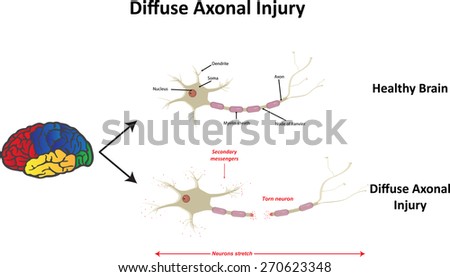• Make a track in 24 hours. • You can now upload to SoundCloud inside Ableton Live. Torrent sound packs for ableton live lite windows 10.
By Kathleen Colduvell RN, BSN, BA, CBC The Glasgow Coma Scale (GCS), designed in 1974, is a tool that has the ability to communicate the level of consciousness of patients with acute or traumatic brain injury. Developed by Graham Teasdale and Bryan J. Jennett, professors of neurosurgery at the University of Glasgow's Institute of Neurological Sciences, this scale is the gold standard used for all acute medical and trauma patients. Used by trained medical professionals, the GCS is an objective and reliable tool that nurses and nursing students should become familiar with regardless of their place of employment. Most commonly used in the ICU and ER setting, nurses may need to perform a GCS on a patient at any given time. The Glasgow Coma Scale, which can identify changes to consciousness in traumatic brain injury patients, is a tool that requires nurses to fully understand its purpose and how to use it.


Understanding the Pediatric Glasgow Coma Scale. The Glasgow Coma Scale (GCS) is a widely used scoring system for quantifying the level of consciousness following traumatic brain injury. It is used because it is simple, has a relatively high degree of reliability and correlates well with outcomes following severe brain injury.
Identifying the patients that require scoring is the first step in properly using the scale. When To Use The GCS The patients who need a GCS assessment have generally suffered a traumatic brain injury and are either in the ER or ICU. An initial GCS should be done at time of admission and then every four hours unless otherwise indicated by the medical team. Documentation of the GCS is crucial since the medical team, which generally includes neurology, will use this to determine improvement or decompensation of the patient.
How To Calculate A Patient’s Glasgow Coma Score The Glasgow Coma Scale analyzes patients on three different criteria: • Eye Opening • Motor Response • Verbal Response Each criteria is on a different scale with a total possible score of 15. The lowest possible score is 3.
Preliminary discoveries of the efficacy of cell therapy are currently being translated to clinical trials. Whereas a significant amount of work has been focused on cell therapy applications for a wide array of diseases, including cardiac disease, bone disease, hepatic disease, and cancer, there continues to be extraordinary anticipation that stem cells will advance the current therapeutic regimen for acute neurological disease. Traumatic brain injury is a devastating event for which current therapies are limited.
In this report the authors discuss the current status of using adult stem cells to treat traumatic brain injury, including the basic cell types and potential mechanisms of action, preclinical data, and the initiation of clinical trials. Traumatic brain injury directly affects an estimated 1.5 million Americans annually, although the resultant acute and/or chronic deficits in motor, cognitive, behavioral, and/or social functioning have equally devastating effects on friends, families, and society. Of the TBIs suffered each year, ~50,000 deaths result, and nearly 100,000 injuries lead to life-long impairment with substantial loss of function. Traumatic brain injury contributes to 50% of all trauma-related deaths. The national economic impact is difficult to quantify, due to the highly variable nature of the disease, but has been estimated in the tens of billions of dollars annually. Current acute treatment of TBI is limited to controlling intracranial pressure and optimizing cerebral perfusion pressure to prevent further cerebral edema, inflammation, and cell death, while chronic treatment centers on motor, cognitive, and behavioral rehabilitation.
Advances in early recognition, acute care, the overall trauma system, and rehabilitation strategies have led to improved survival and, consequently, survivors with significant motor, cognitive, and social impairments. Although the injured brain has shown some limited capacity to recover autonomously, no current therapeutic intervention alters the underlying pathological processes via salvage, support, repair, or replacement at the tissue, cellular, or subcellular level. Background: Stem/Progenitor Cells Adult stem cells are derived from a niche in a developing or developed organism. These cells are considered multi- or pluripotent because they can differentiate into multiple adult cell types. Examples of adult stem cells (and their respective niche) that have been used to treat neural diseases include MSCs (bone marrow), NSCs (brain), and UCB/stroma (umbilical cord), a mixture of hematopoietic stem cells and MSCs. Some adult stem cells have been shown to have the ability to differentiate into cell types from multiple germ layers. Jiang and coworkers discovered that adult stem cells from the bone marrow, similar to MSCs, had the ability to differentiate (phenotypically) down all 3 germ cell lines (ecto-, meso-, and endoderm).